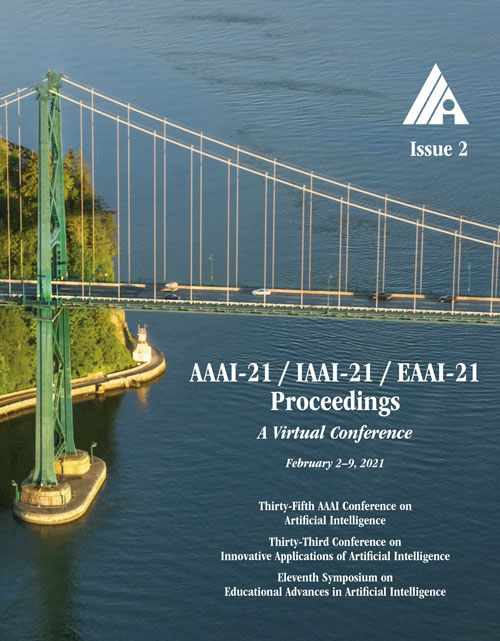Modeling Deep Learning Based Privacy Attacks on Physical Mail
DOI:
https://doi.org/10.1609/aaai.v35i2.16251Keywords:
Ethics -- Bias, Fairness, Transparency & PrivacyAbstract
Mail privacy protection aims to prevent unauthorized access to hidden content within an envelope since normal paper envelopes are not as safe as we think. In this paper, for the first time, we show that with a well designed deep learning model, the hidden content may be largely recovered without opening the envelope. We start by modeling deep learning-based privacy attacks on physical mail content as learning the mapping from the camera-captured envelope front face image to the hidden content, then we explicitly model the mapping as a combination of perspective transformation, image dehazing and denoising using a deep convolutional neural network, named Neural-STE (See-Through-Envelope). We show experimentally that hidden content details, such as texture and image structure, can be clearly recovered. Finally, our formulation and model allow us to design envelopes that can counter deep learning-based privacy attacks on physical mail.Downloads
Published
2021-05-18
How to Cite
Huang, B., Lian, R., Samaras, D., & Ling, H. (2021). Modeling Deep Learning Based Privacy Attacks on Physical Mail. Proceedings of the AAAI Conference on Artificial Intelligence, 35(2), 1593-1601. https://doi.org/10.1609/aaai.v35i2.16251
Issue
Section
AAAI Technical Track on Computer Vision I

